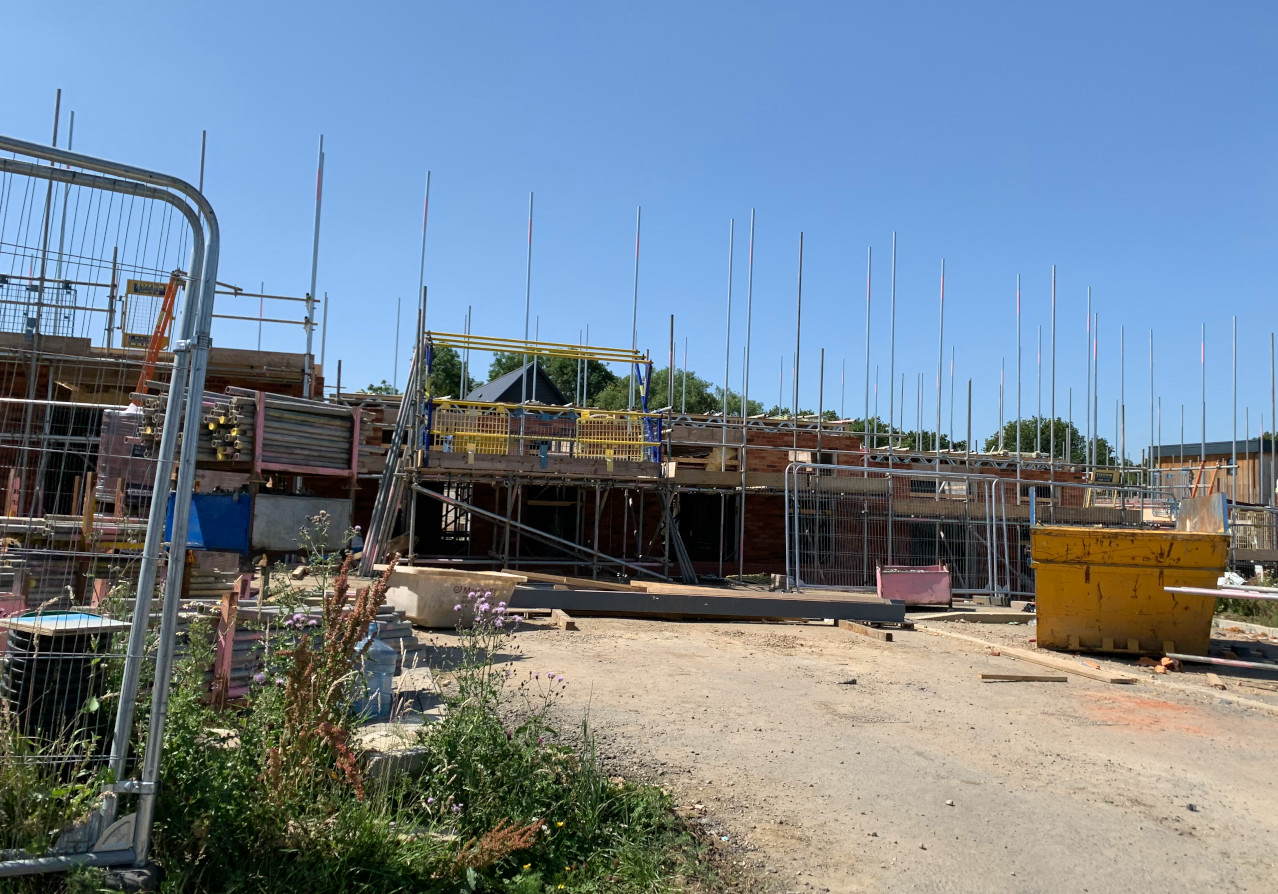Anyone self building needs to ensure that their project is meeting the new Building Regulations, as announced by then Housing Secretary Robert Jenrick earlier in the year. The are intended to pave the way for the Future Homes and Buildings Standard in 2025, which should, in time, mean all future homes are Net Zero ready and will not need retrofitting.
The new regulations require new homes to cut carbon emissions by 31% and extensions, existing building and non-domestic buildings by 27%, with the regulations coming in via Approved Documents L (Energy Efficiency), F (improved ventilation) and O (overheating).
Not only will they affect self builders, but extenders and renovators will need to ensure that works meet the required standard too.
One of the ambitions of the regulations is to address overheating, which is increasingly an issue, especially on homes with large south facing windows.
Any self builders need to ensure that their contractors are aware of the new regulations, and, for new projects, ensure they are meeting them. There is a grace period for builds in progress that had Building Regulations before the commencement (on 15 June 2022), in which case you have until 15 June 2023 to start the work before the approval lapses, and the new regulations apply.
However, it’s important to know that Building Regulations are a set of minimum standards, and many self-builders choose to build beyond these to secure better results, knowing that they are investing in their property. This is borne out by recent research by NaCSBA that demonstrated that over half of all self builders included a sustainable source of heating in their build.
As well as the regulations above, self builders also now need to ensure that they are meeting Building Regulation Part S (Electric Vehicle Charging), which requires new homes to have an electric vehicle charging point.




